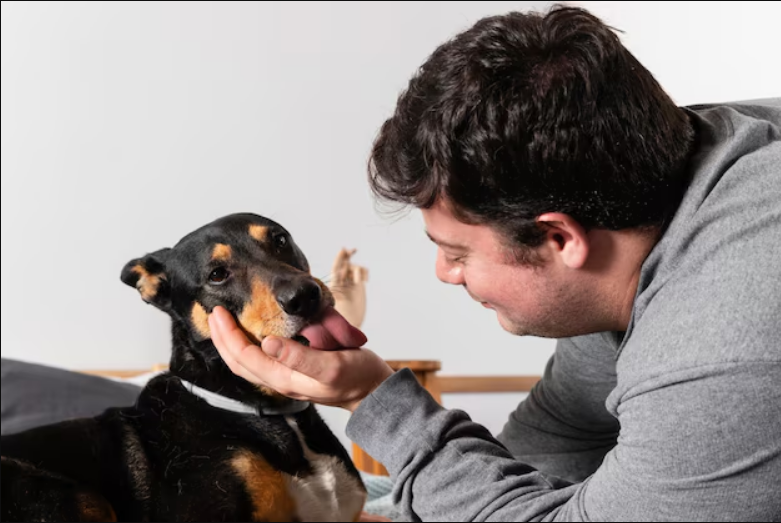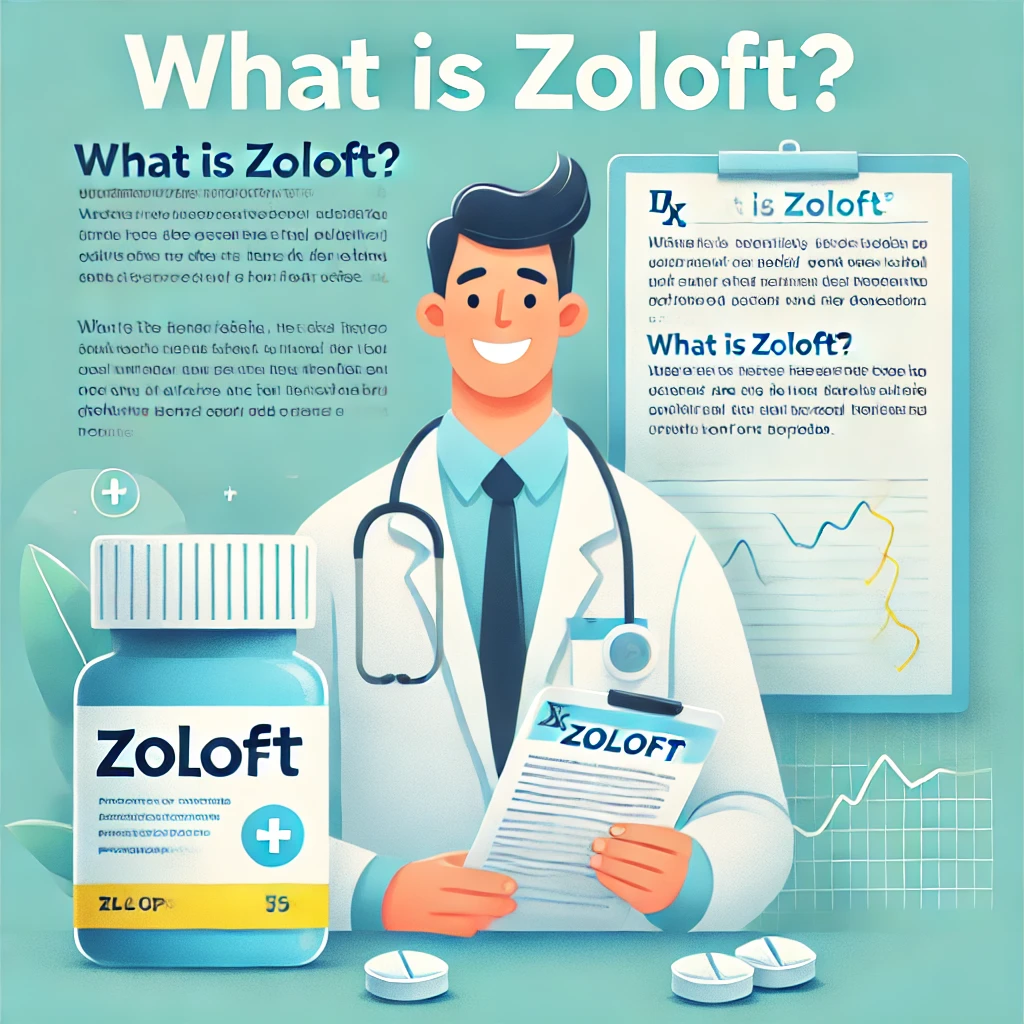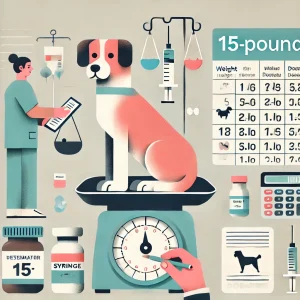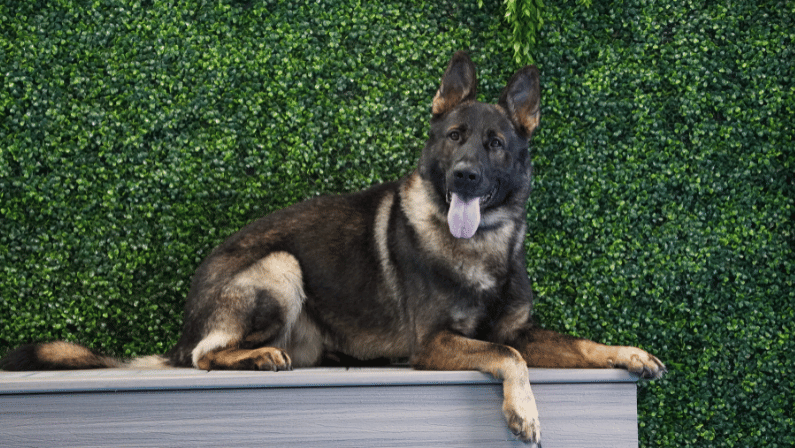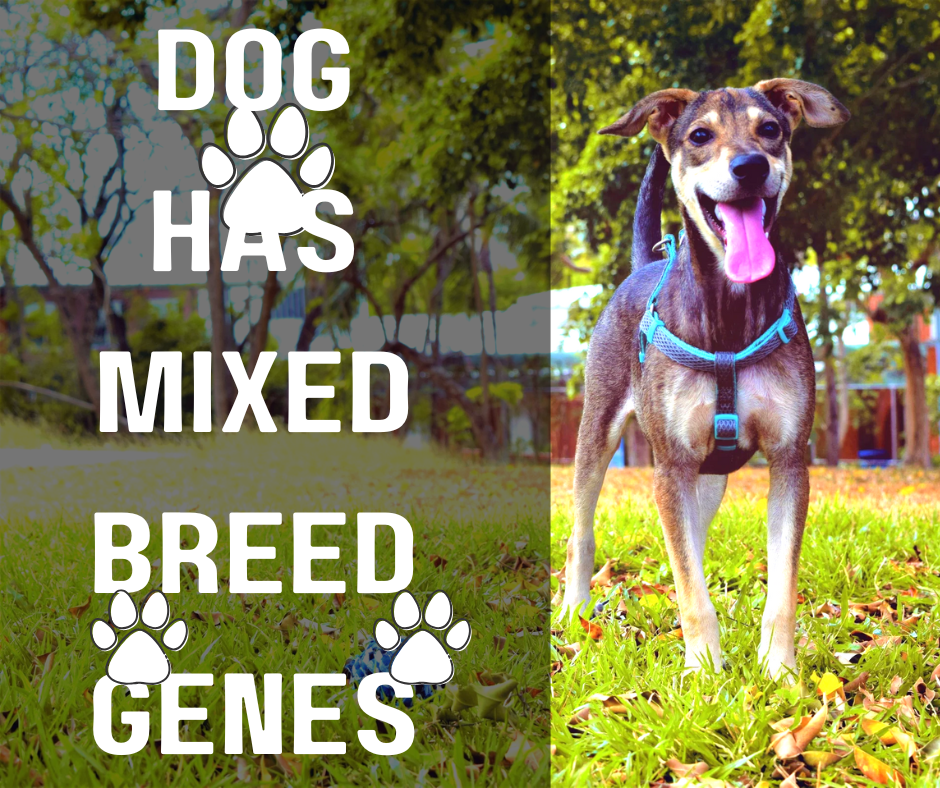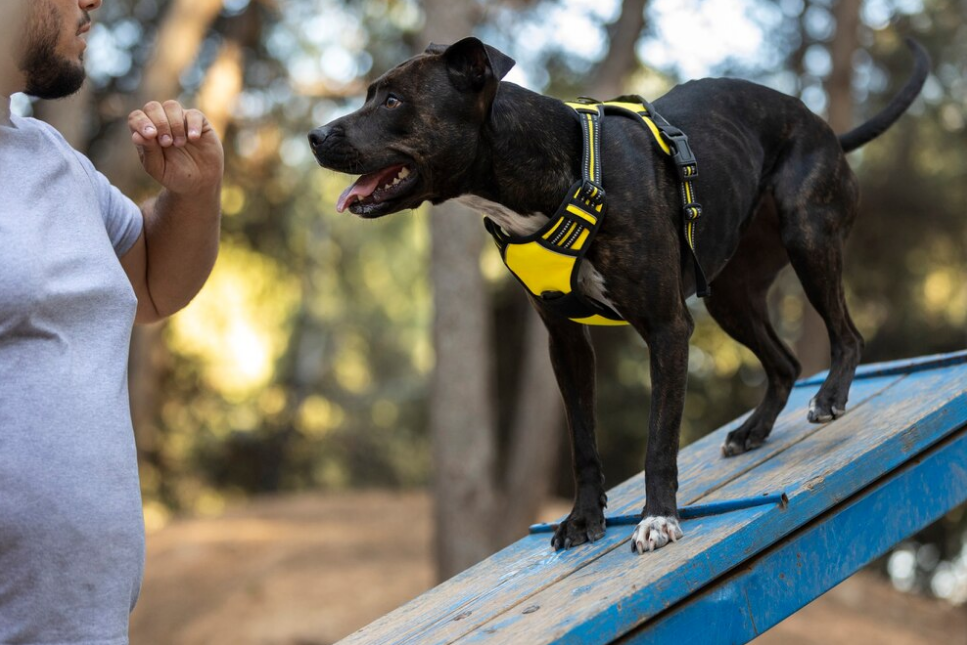When it comes to the health and well-being of our beloved pets, particularly dogs, it’s essential to ensure they receive proper care and attention. Zoloft, a medication primarily used to treat anxiety and depression in humans, is sometimes prescribed for dogs to manage similar conditions. However, understanding the appropriate dosage for a 15-pound dog requires careful consideration, as dosing varies based on several factors including the dog’s health status, the condition being treated, and the veterinarian’s recommendations.
What is Zoloft (Sertraline)?
Zoloft, also known by its generic name sertraline, is classified as a selective serotonin reuptake inhibitor (SSRI). It works by increasing the levels of serotonin in the brain, which can help improve mood and reduce anxiety. In humans, Zoloft is widely used to treat conditions such as depression, anxiety disorders, panic attacks, and obsessive-compulsive disorder (OCD).
For dogs, Zoloft is typically used off-label to treat conditions like separation anxiety, noise phobias, compulsive behaviors, and sometimes even fear-based aggression. As with all medications, it’s essential that the treatment is closely monitored by a veterinarian to ensure the correct dosage is administered and to minimize the risk of side effects.
Determining the Right Dosage for a 15-Pound Dog
The dosage of Zoloft for dogs is not the same as for humans. While human dosages can range widely depending on the condition being treated, the dosage for dogs is much lower. It is important to note that Zoloft should only be administered to dogs under the guidance of a veterinarian, as they will determine the most appropriate dosage based on your dog’s specific health needs.
As a general guideline, veterinarians often recommend starting with a low dose and gradually increasing it to find the optimal amount for each dog. The typical dosage of Zoloft for dogs is between 0.5 to 2 milligrams per pound of body weight per day. For a 15-pound dog, this would translate to a dosage range of 7.5 to 30 milligrams of Zoloft daily.
Example Dosage Calculation for a 15-Pound Dog
- Low End of the Range: 0.5 mg x 15 pounds = 7.5 mg per day
- High End of the Range: 2 mg x 15 pounds = 30 mg per day
These dosages may vary based on the dog’s health, the severity of the condition being treated, and how the dog responds to the medication. If your dog is prescribed Zoloft, the veterinarian may start with a lower dose (for example, 7.5 mg) and gradually adjust the dosage based on the dog’s response.
How Zoloft Is Administered to Dogs
Zoloft for dogs typically comes in the form of tablets, which can be administered orally. If your dog is difficult to medicate, you may find it helpful to hide the pill in a treat or use a pill pocket to make administration easier. Alternatively, the tablet can be broken into smaller doses if needed.
It is important to ensure that your dog finishes the prescribed course of medication, even if they seem to feel better. Stopping the medication abruptly can lead to withdrawal symptoms or a relapse in their symptoms. If you need to stop giving Zoloft to your dog, your veterinarian will provide you with a tapering schedule to reduce the dose gradually.
Monitoring Your Dog’s Response to Zoloft
Once your dog starts taking Zoloft, it’s important to monitor them closely for any changes in behavior or physical condition. Side effects are possible, though not all dogs will experience them. Common side effects of Zoloft in dogs can include:
- Increased or decreased appetite
- Weight changes
- Lethargy or hyperactivity
- Diarrhea or constipation
- Vomiting
- Changes in behavior
If your dog shows signs of excessive sedation, agitation, or behavioral changes that are concerning, contact your veterinarian immediately. In some cases, the dosage may need to be adjusted or the medication may need to be switched.
What to Do If You Miss a Dose
If you forget to give your dog their daily dose of Zoloft, give it as soon as you remember. However, if it’s almost time for the next dose, it’s best to skip the missed dose rather than doubling up. Giving your dog two doses at once can increase the risk of side effects and may not be beneficial. If you’re unsure how to proceed, contact your veterinarian for guidance.
Side Effects and Risks of Zoloft for Dogs
While Zoloft can be very effective in treating anxiety and compulsive behaviors in dogs, it’s essential to be aware of the potential risks and side effects. Some dogs may experience:
- Gastrointestinal Issues: Zoloft can cause nausea, vomiting, and diarrhea in some dogs. If these symptoms are severe or persistent, consult with your vet.
- Behavioral Changes: In some cases, Zoloft may cause changes in behavior, such as increased aggression or hyperactivity. This can be particularly concerning in dogs with existing behavioral issues.
- Serotonin Syndrome: Though rare, serotonin syndrome is a serious condition that can occur when there is too much serotonin in the brain. Symptoms include agitation, tremors, rapid heart rate, and in severe cases, seizures. If your dog exhibits these symptoms, contact your veterinarian immediately.
When Not to Use Zoloft for Dogs
Zoloft is not appropriate for all dogs. In some cases, it may be contraindicated or should be used with caution. Do not give Zoloft to dogs that:
- Are pregnant or nursing, as the safety of Zoloft for puppies or unborn pups is not well-established.
- Have a history of seizures or other neurological issues.
- Are taking other medications that could interact negatively with Zoloft, such as other SSRIs, monoamine oxidase inhibitors (MAOIs), or certain pain medications.
Before starting Zoloft or any medication, inform your veterinarian about your dog’s medical history, current health condition, and any other medications they are currently taking.
Consulting Your Veterinarian
When considering Zoloft for a 15-pound dog, it’s crucial to consult with your veterinarian to determine the best course of treatment. Your veterinarian will provide you with a tailored plan based on your dog’s specific needs and ensure the dosage is safe and effective. Never attempt to dose your dog with Zoloft based on human recommendations or without professional veterinary advice.
Your veterinarian will also schedule follow-up appointments to monitor your dog’s response to the medication and make any necessary adjustments. This ensures that your dog is not only receiving the appropriate dosage but also improving in terms of their mental and emotional well-being.
Conclusion
Zoloft can be a helpful tool for managing anxiety, depression, and compulsive behaviors in dogs, including those weighing 15 pounds. The typical dosage ranges from 7.5 to 30 milligrams daily, depending on the dog’s specific needs. It’s vital that you follow your veterinarian’s advice closely and monitor your dog for any adverse effects or changes in behavior. With the right dosage and careful management, Zoloft can significantly improve your dog’s quality of life, helping them live a happier and more relaxed existence. Always remember that the health and safety of your pet are of utmost importance, and any medication should only be administered under veterinary guidance.

